Home>Interior Design>Minimalist Bedrooms: 10 Modern Ideas That Work In Any Home
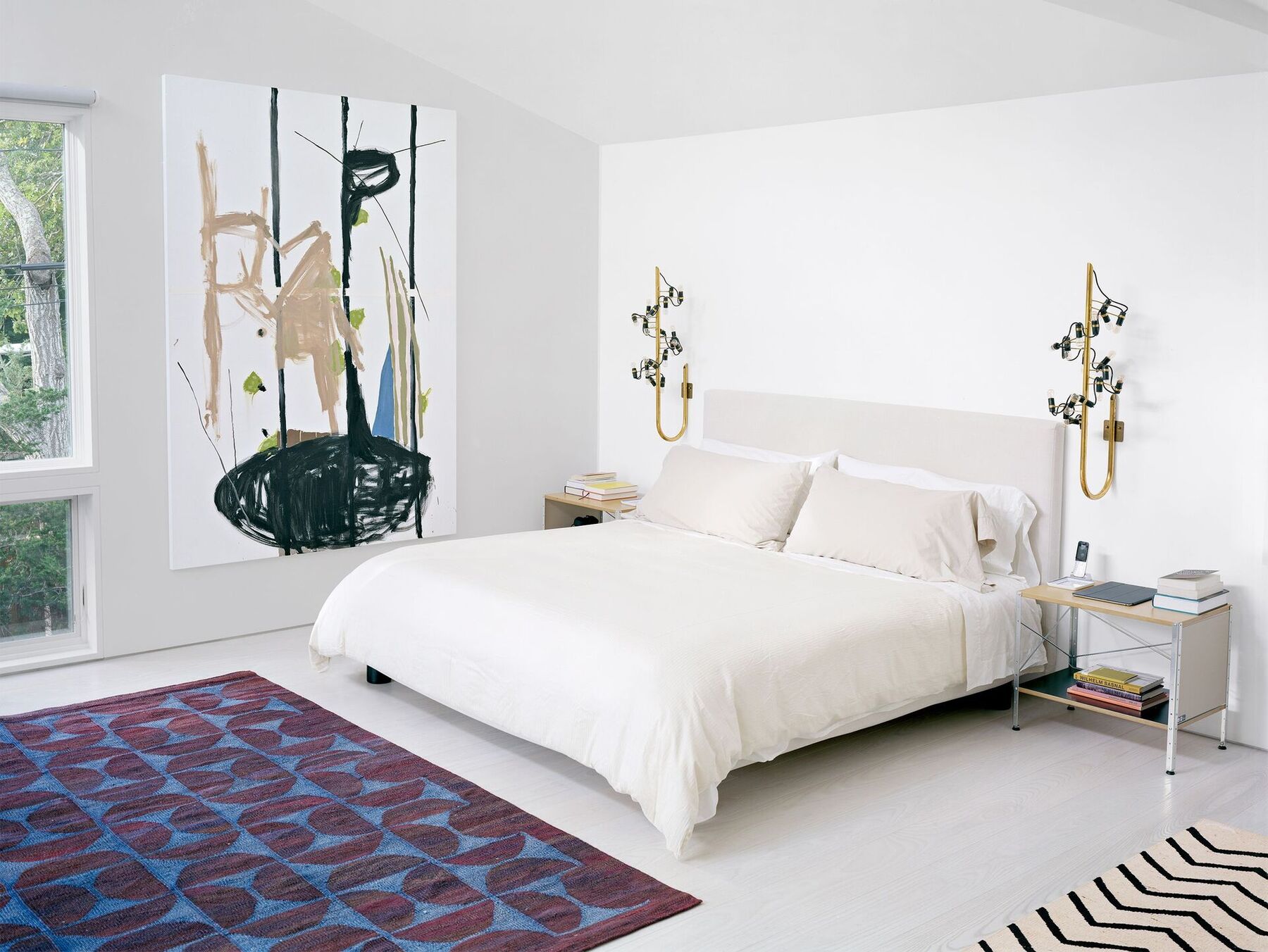

Interior Design
Minimalist Bedrooms: 10 Modern Ideas That Work In Any Home
Modified: August 28, 2024
Upgrade your bedroom with these 10 minimalist and modern interior design ideas that are perfect for any home.
(Many of the links in this article redirect to a specific reviewed product. Your purchase of these products through affiliate links helps to generate commission for Storables.com, at no extra cost. Learn more)
Minimalist Bedrooms: 10 Modern Ideas That Work in Any Home
Creating a minimalist bedroom is a popular interior design trend that emphasizes simplicity, functionality, and clean lines. By adopting a minimalist approach, you can transform your bedroom into a serene and clutter-free space that promotes rest and relaxation. In this article, we will explore 10 modern ideas that can help you achieve a minimalist bedroom look that works in any home.
Key Takeaways:
- Create a serene and clutter-free minimalist bedroom with a neutral color palette, simple furniture, and effective storage solutions. Embrace negative space and incorporate natural materials for a touch of nature.
- Achieve a minimalist bedroom that exudes simplicity, elegance, and tranquility by strategically implementing lighting, choosing functional and stylish bedding, and incorporating minimalist artwork and decor. Embrace negative space and bring the outdoors inside with plants.
Neutral Color Palette
Start by choosing a neutral color palette for your minimalist bedroom. Opt for shades of white, cream, gray, or beige to create a calm and soothing atmosphere. These colors allow other elements in the room, such as furniture and decor, to take center stage.
Simple Furniture Pieces
When selecting furniture for your minimalist bedroom, opt for simple and sleek designs. Choose pieces with clean lines and minimal ornamentation. Avoid bulky or ornate furniture that can overpower the space. Look for multifunctional pieces that offer storage solutions, such as a bed frame with built-in drawers or a bedside table with shelves.
Decluttered Surfaces
A key aspect of minimalist design is the absence of clutter. Keep surfaces free from unnecessary items and decorations. Only display a few carefully chosen accessories or decorative items to maintain a clean and organized look.
Effective Storage Solutions
To maintain a clutter-free environment, incorporate effective storage solutions into your minimalist bedroom. Consider investing in storage baskets, floating shelves, or wall-mounted organizers to keep your belongings out of sight while still easily accessible.
Natural Materials and Textures
Add warmth and texture to your minimalist bedroom by incorporating natural materials. Choose furniture made from wood, rattan, or bamboo. Consider adding a cozy rug or cushions made of natural fibers, such as jute or cotton.
Strategic Lighting
Lighting plays a crucial role in setting the mood of a minimalist bedroom. Install soft and diffused lighting fixtures to create a warm and inviting ambiance. Consider using dimmer switches to adjust the light intensity according to your needs.
Functional and Stylish Bedding
Choose bedding that is both functional and stylish to complement the minimalist aesthetic. Opt for crisp white sheets and a duvet cover in a neutral tone. Add a pop of color or pattern with accent pillows or a throw blanket.
Minimalist Artwork and Decor
Select a few carefully curated pieces of minimalistic artwork or decor to add personality to your bedroom. Choose artwork with clean lines, geometric shapes, or serene landscapes. Keep the number of pieces minimal to maintain a clutter-free look.
Embracing Negative Space
Negative space, also known as empty space, is an essential element of minimalist design. Embrace empty wall space and uncluttered areas to create a sense of calm and openness. Allow the room to breathe and avoid overcrowding with too many decorative elements.
Incorporating Plants for a Touch of Nature
Bring the outdoors inside by incorporating plants into your minimalist bedroom. Plants not only add a touch of nature but also improve air quality. Choose low-maintenance plants such as succulents or a snake plant to add a fresh and vibrant element to your space.
By implementing these 10 modern ideas, you can create a minimalist bedroom that exudes simplicity, elegance, and tranquility. Remember, a minimalist bedroom is not about sacrificing comfort but rather about creating a space that promotes relaxation and rejuvenation.
Key Takeaways:
- Create a serene and clutter-free minimalist bedroom with a neutral color palette, simple furniture, and effective storage solutions. Embrace negative space and incorporate natural materials for a touch of nature.
- Achieve a minimalist bedroom that exudes simplicity, elegance, and tranquility by strategically implementing lighting, choosing functional and stylish bedding, and incorporating minimalist artwork and decor. Embrace negative space and bring the outdoors inside with plants.
Neutral Color Palette
One of the key elements of a minimalist bedroom is a neutral color palette. When designing a minimalist space, it is best to stick to colors that are calming, timeless, and not too overwhelming. The most popular choices for a neutral color palette are shades of white, cream, gray, and beige.
White is a classic choice for a minimalist bedroom as it creates a clean and serene atmosphere. It reflects light, making the room feel bright and spacious. Cream and beige tones add warmth to the space without overpowering it. Gray is another versatile color that works well in a minimalist design, offering a sense of sophistication and tranquility.
Using neutral colors as a base allows you to build upon them with other elements of your design. It provides a blank canvas for your furniture, artwork, and decor to stand out. Additionally, a neutral color palette can create a sense of unity and flow throughout the room, making it feel cohesive and harmonious.
When incorporating a neutral color palette, it’s important to consider the different shades and undertones. Some whites may have warm undertones, while others have cooler undertones. Beige and cream can range from warm earthy tones to cooler greige variations. Choose colors that complement each other and create a cohesive look.
Furthermore, you can add visual interest to the room by incorporating different textures and finishes within the neutral color scheme. Consider using fabrics with varying levels of sheen, such as matte linen curtains or silky smooth bedding. Mix and match different materials, like a plush shag rug or a sleek metal lamp, to add depth and dimension to the space.
Remember, a neutral color palette doesn’t mean the room has to be plain or boring. It can be a backdrop for other design elements to shine. By using a neutral color scheme, you can create a tranquil and timeless bedroom that promotes relaxation and serves as a sanctuary from the outside world.
Simple Furniture Pieces
When it comes to creating a minimalist bedroom, choosing the right furniture is essential. Opting for simple and streamlined furniture pieces is key to achieving a clean and uncluttered look.
Start by selecting a bed frame that has clean lines and minimal ornamentation. A platform bed or a bed with a simple upholstered headboard can create a sleek and modern aesthetic. Avoid overly ornate or decorative bed frames that can overwhelm the space.
Aside from the bed frame, consider the other furniture pieces in your bedroom. Choose pieces that serve a specific purpose and have a minimalist design. For example, a compact and functional bedside table with clean edges and straight lines can provide storage for essentials without taking up excessive space.
When it comes to storage options, look for furniture pieces that have hidden or integrated storage solutions. This could include beds with built-in drawers, wardrobes with sliding doors, or floating shelves mounted on the walls. These storage solutions help keep the space organized and prevent unnecessary clutter.
Avoid overcrowding the room with too many furniture pieces. Leave ample space for movement and create an open and airy atmosphere. Invest in pieces that are multifunctional and serve multiple purposes, such as ottomans or benches that can double as storage or seating.
Choose furniture made from high-quality materials that will stand the test of time. Look for furniture with natural finishes, such as wood or metal, that add a touch of warmth and sophistication to the room. Remember to keep the overall color palette in mind when selecting furniture, ensuring that it complements the neutral tones of the room.
Lastly, pay attention to the scale of the furniture in relation to the size of the room. Oversized or bulky furniture can make a minimalist bedroom feel cramped and cluttered. Opt for furniture that fits comfortably within the space and leaves room for movement.
By selecting simple and functional furniture pieces, you can create a minimalist bedroom that exudes a sense of calm and sophistication. Remember, less is more when it comes to minimalist design, and choosing the right furniture plays a crucial role in achieving that aesthetic.
Decluttered Surfaces
In a minimalist bedroom, having decluttered surfaces is essential to maintain the clean and serene aesthetic. Clutter can easily disrupt the sense of calm and relaxation that a minimalist space aims to achieve. By keeping surfaces clear and organized, you can create a visually appealing and uncluttered look.
Start by removing any items that are not necessary or essential for the bedroom. Take a careful look at your bedside table, dresser, and any open shelves or surfaces in the room. Remove items that do not contribute to the functionality or overall design of the space.
Consider implementing a “less is more” approach when it comes to decorative items. Instead of displaying numerous trinkets or knick-knacks, select a few carefully chosen pieces that have meaning or significance to you. This way, each item can be appreciated and stand out in its own right, rather than getting lost in a sea of clutter.
Take advantage of storage solutions to keep items out of sight while still easily accessible. Drawer organizers, baskets, or decorative boxes can be used to store small items such as jewelry, accessories, or personal belongings. This helps to keep surfaces clear and prevents the bedroom from feeling overwhelmed by clutter.
Develop a system for organizing everyday items such as books, electronics, or beauty products. Designate specific spots or containers for these items and make a habit of returning them to their designated place after use. This eliminates the visual clutter and ensures that everything has a designated home.
Regularly reassess your belongings and declutter as needed. As you continue to maintain a minimalist bedroom, it’s important to periodically evaluate the items you have and make decisions about what to keep, donate, or discard. This helps prevent unnecessary accumulation of belongings and ensures that the space remains clutter-free.
By keeping surfaces in your minimalist bedroom decluttered, you create an environment that is conducive to relaxation and serenity. The absence of excessive items allows the eye to focus on the essentials, creating a sense of calm and order. Remember, a minimalist bedroom is a sanctuary, and decluttered surfaces are a key element in creating that peaceful retreat.
Effective Storage Solutions
In a minimalist bedroom, effective storage solutions are crucial for keeping the space organized and free from clutter. Minimalism is all about simplifying and streamlining, and having appropriate storage options can help achieve this goal.
Consider incorporating storage solutions that allow you to hide away belongings while still keeping them easily accessible. One option is to invest in furniture pieces with built-in storage, such as beds with drawers underneath or ottomans with hidden compartments. These provide a convenient and discreet way to store items without compromising the overall aesthetic of the room.
Utilize closet space effectively by employing organization systems such as shelving, hanging rods, and shoe racks. Optimize vertical space by installing additional shelves or cubbies, maximizing storage potential. Use storage boxes or bins to categorize and contain items within the closet, ensuring a tidy and clutter-free environment.
Another storage solution for a minimalist bedroom is utilizing wall space. Install floating shelves or wall-mounted organizers to create additional storage without taking up floor space. This is particularly useful for displaying decorative items, books, or personal belongings that are both functional and aesthetically pleasing.
Consider implementing storage solutions for smaller items such as jewelry, accessories, or electronics. Utilize drawer dividers, trays, or small containers to keep these items organized and easily accessible. This prevents them from cluttering up surfaces and ensures that each item has a designated place.
Think creatively about maximizing storage potential in the bedroom. For example, you can use under-bed storage containers for items that are not frequently used. You can also utilize the space above wardrobes or dressers by installing additional shelves or using decorative baskets to store items.
Regardless of the storage solutions you choose, the key is to be intentional about the items you keep. Regularly declutter and assess the necessity of each item, ensuring that you only hold onto things that serve a purpose or bring you joy. This minimalist mindset extends to storage solutions as well.
By incorporating effective storage solutions in your minimalist bedroom, you can keep the space organized and maintain a clutter-free environment. Having designated places for your belongings contributes to a sense of order and tranquility, allowing you to fully enjoy the minimalist aesthetic and create a peaceful sanctuary in your home.
Natural Materials and Textures
When designing a minimalist bedroom, incorporating natural materials and textures can add warmth, depth, and visual interest to the space. Using natural elements creates a connection to the outdoors and brings a sense of tranquility to the room.
Consider incorporating materials such as wood, rattan, bamboo, or stone into your minimalist bedroom. These materials not only add a touch of nature but also provide a sense of authenticity and timelessness. Wood, in particular, is a versatile material that can be used for furniture, flooring, or accent pieces. Opt for sustainable and eco-friendly options whenever possible.
Introduce natural textures through bedding, linens, and upholstery. Choose fabrics like linen, cotton, or silk that have a natural look and feel. These materials not only add texture but also provide a sense of luxury and comfort. Incorporate throw blankets, pillows, or rugs made of natural fibers such as jute or sisal to bring additional visual interest.
Consider adding elements of nature as decorative accents in the room. Place a vase of fresh flowers on a bedside table or display potted plants to bring a touch of greenery and life to the space. Plants not only enhance the aesthetic of the room but also provide numerous health benefits, including improved air quality.
Avoid artificial or synthetic materials that may detract from the organic feel of the room. Opt for natural finishes on furniture pieces, such as matte or lightly oiled wood surfaces. Choose rugs and carpets that are made of natural fibers rather than synthetic materials. By prioritizing natural materials, you create a cohesive and harmonious environment that aligns with the minimalist aesthetic.
When incorporating natural materials and textures, it’s important to maintain balance and simplicity. Minimalism focuses on the essentials and avoids excess. Select a few key pieces or textures that create visual interest without overwhelming the space. Consider the overall color palette and ensure that the natural materials complement the neutral tones of the room.
In summary, incorporating natural materials and textures is a key aspect of creating a minimalist bedroom. Using wood, rattan, bamboo, or stone adds an authentic and organic feel to the space. Incorporating natural fibers in textiles and introducing plants or flowers brings life and freshness to the room. By embracing the beauty of nature, you can create a serene and inviting space that embodies the essence of minimalist design.
Strategic Lighting
Strategic lighting is a crucial element in creating a minimalist bedroom that is both functional and visually appealing. The right lighting can transform the atmosphere of the room, setting the tone for relaxation and tranquility.
Start by utilizing natural light as much as possible. Allow curtains or blinds to maximize the amount of sunlight that enters the room during the day. Natural light not only brightens up the space but also creates a sense of openness and connection to the outdoors.
During the evening, incorporate layered lighting to create a warm and inviting ambiance. Aim to have a combination of ambient, task, and accent lighting to meet different needs and enhance the aesthetic of the room.
Ambient lighting provides overall illumination and sets the tone for the room. Consider installing ceiling fixtures with dimmer switches to adjust the level of light according to your preference and mood. Soft, diffused lighting creates a cozy and relaxing atmosphere.
Task lighting is essential for specific activities such as reading, working, or getting ready. Place reading lamps or wall-mounted sconces near seating or bedside tables for focused lighting. Choose fixtures with adjustable heads or dimmer switches to personalize the level of illumination.
Accent lighting highlights specific features or areas of the room, adding visual interest and depth. Use wall-mounted uplights to illuminate artwork or architectural elements. Place small spotlights or LED strips behind furniture or shelving to create a subtle and soothing glow.
Consider the placement of lighting fixtures to create an even and balanced distribution of light. Avoid harsh or direct lighting that can create glare or shadows. Place fixtures at different heights and angles to create depth and dimension in the room.
Additionally, incorporate smart lighting systems or smart bulbs that can be controlled remotely or programmed to adjust brightness and color temperature. This allows you to customize the lighting according to your preferences and adapt it to different activities or moods.
Remember to keep lighting fixtures simple and visually pleasing, aligning with the minimalist aesthetic. Choose fixtures with clean lines and minimal ornamentation that blend seamlessly with the overall design of the room.
By strategically implementing lighting in your minimalist bedroom, you can create a soothing and inviting environment. Lighting can enhance the overall atmosphere, highlight key features, and provide functional illumination for various tasks. It is a crucial element in achieving the perfect balance of functionality and aesthetics in a minimalist space.
Functional and Stylish Bedding
When it comes to creating a minimalist bedroom, choosing functional and stylish bedding is essential. Your bedding not only serves a practical purpose but also plays a significant role in enhancing the overall aesthetic of the room.
Start by selecting bedding that is both comfortable and durable. The quality of your bedding greatly affects your sleep experience, so invest in high-quality materials that will stand the test of time. Opt for soft and breathable fabrics, such as cotton or linen, that promote a comfortable and restful sleep.
Keep the color palette of your bedding simple and cohesive with the overall design of the room. Neutral tones, such as white, cream, gray, or beige, work well in a minimalist bedroom as they create a clean and serene atmosphere. These colors also allow other elements in the room to take center stage.
To add visual interest and texture to your bedding, consider incorporating different patterns or textures. This could include a subtle stripe, a geometric pattern, or a textured weave. Keep in mind that less is more in a minimalist design, so choose one or two patterns or textures to maintain a sense of simplicity.
Consider the functionality of your bedding as well. Opt for a duvet or comforter that is easy to clean and maintain. Look for features such as hypoallergenic or anti-microbial properties, especially if you have allergies or sensitivities. Additionally, choose bedding that is suitable for the climate in which you live – a light, breathable fabric for warmer climates, and a thicker, more insulating fabric for colder climates.
When it comes to pillows, focus on comfort and support. Select pillows that align with your sleeping position and provide the necessary support for your neck and spine. Choose a minimal number of pillows that serve a functional purpose rather than piling on excessive decorative pillows.
To complete the look of your bedding, add a few carefully chosen decorative elements. This could include accent pillows in complementary colors or patterns, a cozy throw blanket at the foot of the bed, or a textured bed runner. Keep in mind that in a minimalist design, less is more – choose a few statement pieces rather than overcrowding the bed with excessive accessories.
Remember, the goal of minimalist bedding is to create a serene and uncluttered environment that promotes relaxation. By choosing functional and stylish bedding, you can enhance the overall aesthetic of your minimalist bedroom while ensuring a comfortable and restful sleep experience.
Minimalist Artwork and Decor
When it comes to decorating a minimalist bedroom, less is more. The focus is on simplicity and creating a clean and uncluttered aesthetic. Minimalist artwork and decor play a crucial role in achieving this look while adding a touch of personality and style to the space.
Choose artwork with clean lines, minimalistic compositions, and a subdued color palette. Abstract or geometric art can work particularly well in a minimalist setting. Look for artwork that evokes a sense of tranquility and balance, reflecting the overall peaceful atmosphere of the room.
When hanging artwork, consider the scale and proportion in relation to the wall it will be displayed on. Larger pieces of art can create a striking focal point, while smaller pieces can be grouped together for a gallery-like effect. Aim for balance and visual harmony when arranging artwork on the walls.
Another way to incorporate minimalist decor is through carefully chosen accessories and decorative items. Keep in mind that in a minimalist bedroom, each item should have a purpose or meaning. Select a few key pieces that enhance the aesthetic of the room without overwhelming the space.
Choose decor items with clean lines, simple shapes, and a minimalistic design. This could include vases, sculptures, or decorative bowls in neutral tones or muted colors. Avoid excessive ornamentation or intricate details that can clutter the space and detract from the minimalist aesthetic.
Consider incorporating natural elements into your decor. A potted plant, a vase of fresh flowers, or a driftwood sculpture can bring life and a touch of nature to the room. These organic elements add warmth and visual interest while maintaining the simplicity of the overall design.
Remember to leave ample negative space within your minimalist bedroom. Negative space refers to the empty or unoccupied areas of a room. By embracing negative space, you create a sense of calm and openness. Avoid overcrowding shelves or surfaces with too many decor items.
Regularly assess your decor and consider whether each item still aligns with the minimalist aesthetic and brings you joy. As you evolve in your design preferences over time, be open to removing or replacing decor items to keep the space fresh and in line with your current minimalist vision.
By incorporating minimalist artwork and decor into your bedroom, you can add visual interest and a personal touch while maintaining the clean and uncluttered aesthetic of a minimalist design. Remember, simplicity and intentionality are key when selecting artwork and decor items for your minimalist bedroom.
Embracing Negative Space
In minimalist design, negative space, also known as empty space or whitespace, is just as important as the elements within a room. Embracing negative space is a key principle in creating a serene and balanced minimalist bedroom.
Negative space refers to the unoccupied areas or the open space in a room. It provides visual breathing room, allowing the eyes to rest and focus on the essential elements of the design. Embracing negative space creates a sense of calm and simplicity, enhancing the overall aesthetic.
One way to embrace negative space in a bedroom is by keeping furniture and decor minimal. Avoid overcrowding the room with excessive pieces or cluttered arrangements. Allow for enough space between furniture, creating an open and spacious feel. This not only promotes flow and ease of movement but also creates a visually light and uncluttered environment.
When arranging furniture, pay attention to the placement and spacing. Allow for ample space around each piece to create a sense of airiness and avoid a cramped feel. Strive for a balanced distribution of furniture throughout the room, leaving enough negative space for the eye to rest.
Avoid cluttering walls with excessive artwork or decor. Instead, choose a few carefully curated pieces and strategically place them, leaving negative space around each item. This allows the art or decor to stand out and become a focal point within the room.
Consider incorporating larger expanses of blank wall space to create a sense of simplicity and minimalism. A blank wall can be just as powerful as a wall adorned with artwork. Allow the negative space to become part of the overall design, adding to the sense of balance and calmness.
Incorporating negative space doesn’t mean leaving areas completely empty. It is about being intentional and purposeful with what you choose to include and what you choose to leave out. Negative space can be enhanced through the use of neutral color palettes, simple furniture designs, and decluttered surfaces.
Remember, the goal is to create an environment that promotes relaxation and clarity. Embracing negative space in your minimalist bedroom allows the eye to focus on the essential elements, creating a visually pleasing and harmonious space.
By consciously embracing negative space, you can create a minimalist bedroom that feels open, peaceful, and balanced. Remember that negative space is just as important as the elements you choose to include in your design. Allow it to be an integral part of your minimalist aesthetic.
Incorporating Plants for a Touch of Nature
Bringing nature indoors is a wonderful way to enhance the overall aesthetic of a minimalist bedroom. Incorporating plants not only adds a touch of natural beauty but also promotes a sense of tranquility and well-being.
Plants have the ability to breathe life into a space, infusing it with freshness and vitality. They add a vibrant pop of green color, which can create a sense of harmony and balance within a minimalist design. Additionally, plants have been shown to improve air quality and reduce stress levels, making them a perfect addition to any bedroom.
When selecting plants for your minimalist bedroom, opt for varieties that require minimal care and maintenance. Low-maintenance plants, such as succulents, snake plants, or ZZ plants, are ideal choices as they can thrive in various lighting conditions and can withstand occasional neglect.
Consider the size and scale of the plants in relation to the space. Choose plants that are proportionate to the room and won’t overpower the other elements. You can place a tall potted plant in a corner for added height, or create groupings of smaller plants on a shelf or windowsill.
Choose planters that align with the minimalist aesthetic and complement the overall design of the room. Opt for simple, clean-lined pots or planters in neutral colors, such as white or gray. This will allow the focus to be on the plants themselves, rather than the containers.
Integrate plants strategically throughout the room to create a balanced and cohesive look. Consider placing them near a window to take advantage of natural light, or use them to fill empty corners or spaces that could use a touch of greenery.
In addition to potted plants, you can also consider incorporating other natural elements such as fresh flowers or branches in a vase. This can add a seasonal touch and bring a sense of ever-changing beauty to the room.
Remember to care for your plants properly by providing them with adequate sunlight, water, and occasional fertilization. Regularly dust the leaves to keep them looking fresh and vibrant. By maintaining the health and appearance of your plants, you can ensure they continue to enhance the beauty of your minimalist bedroom.
In summary, incorporating plants into your minimalist bedroom adds a touch of nature and enhances the overall aesthetic of the space. Not only do plants bring visual interest and beauty, but they also contribute to a calming and peaceful ambiance. By embracing the beauty and tranquility of nature, you can create a truly harmonious and inviting environment.
Frequently Asked Questions about Minimalist Bedrooms: 10 Modern Ideas That Work In Any Home
Was this page helpful?
At Storables.com, we guarantee accurate and reliable information. Our content, validated by Expert Board Contributors, is crafted following stringent Editorial Policies. We're committed to providing you with well-researched, expert-backed insights for all your informational needs.
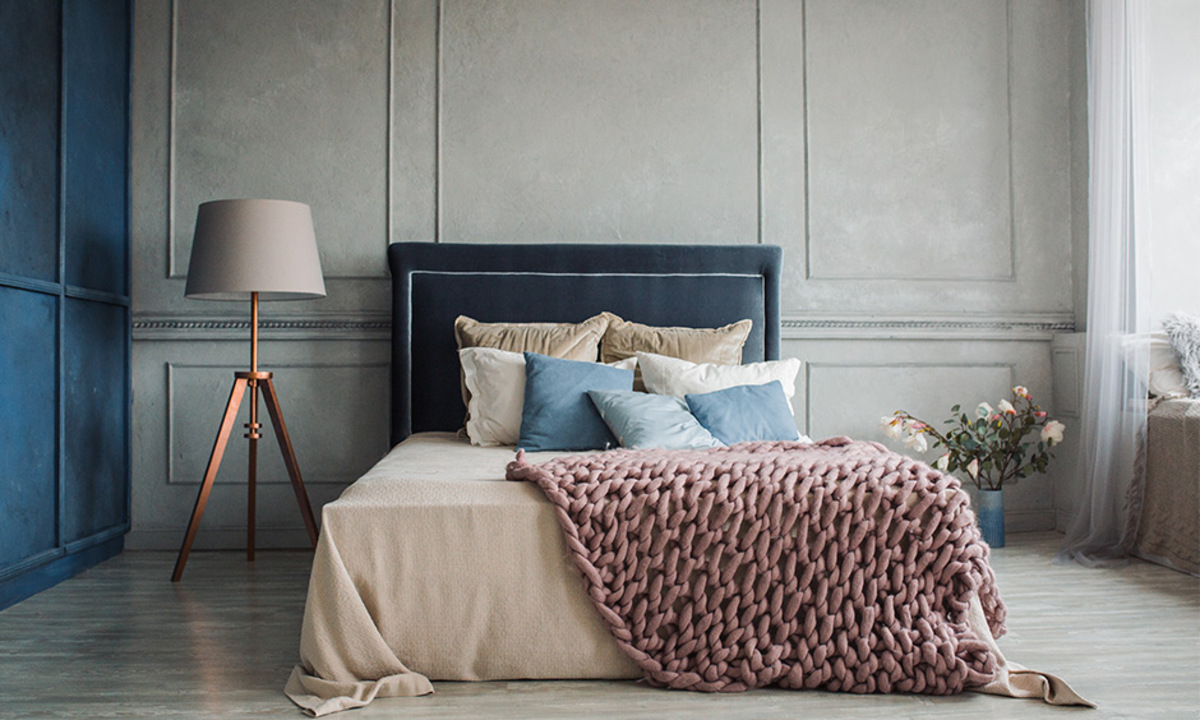
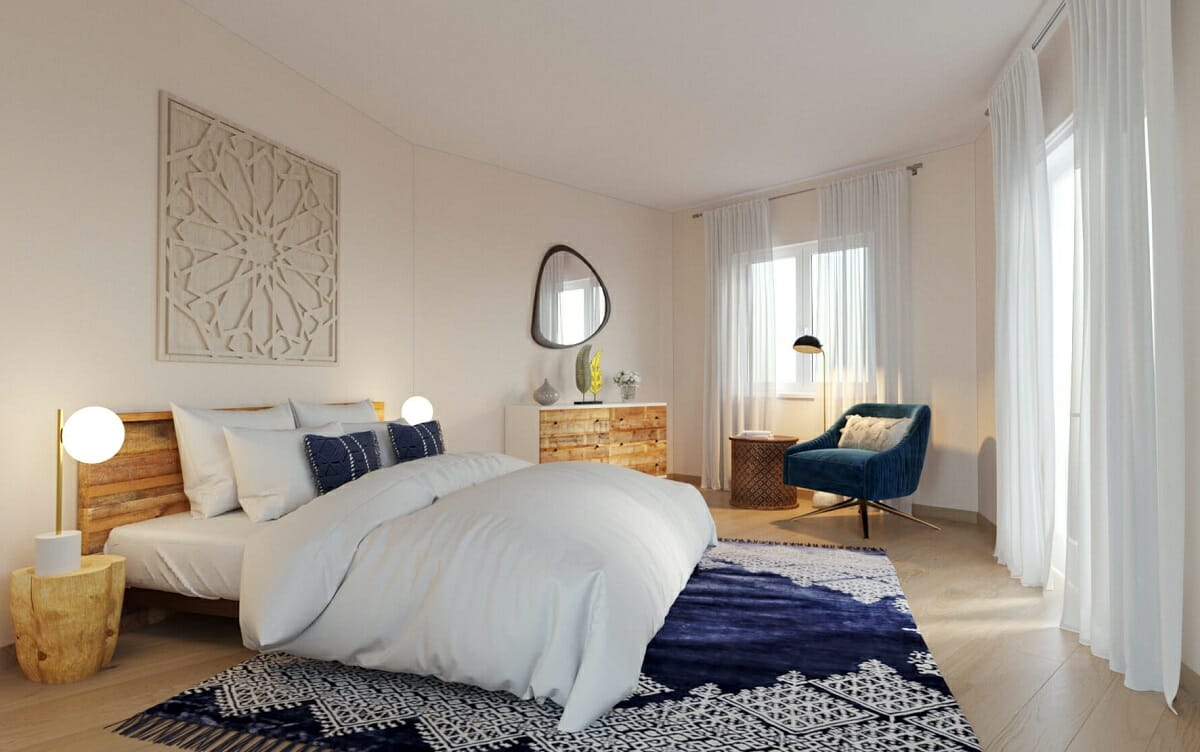
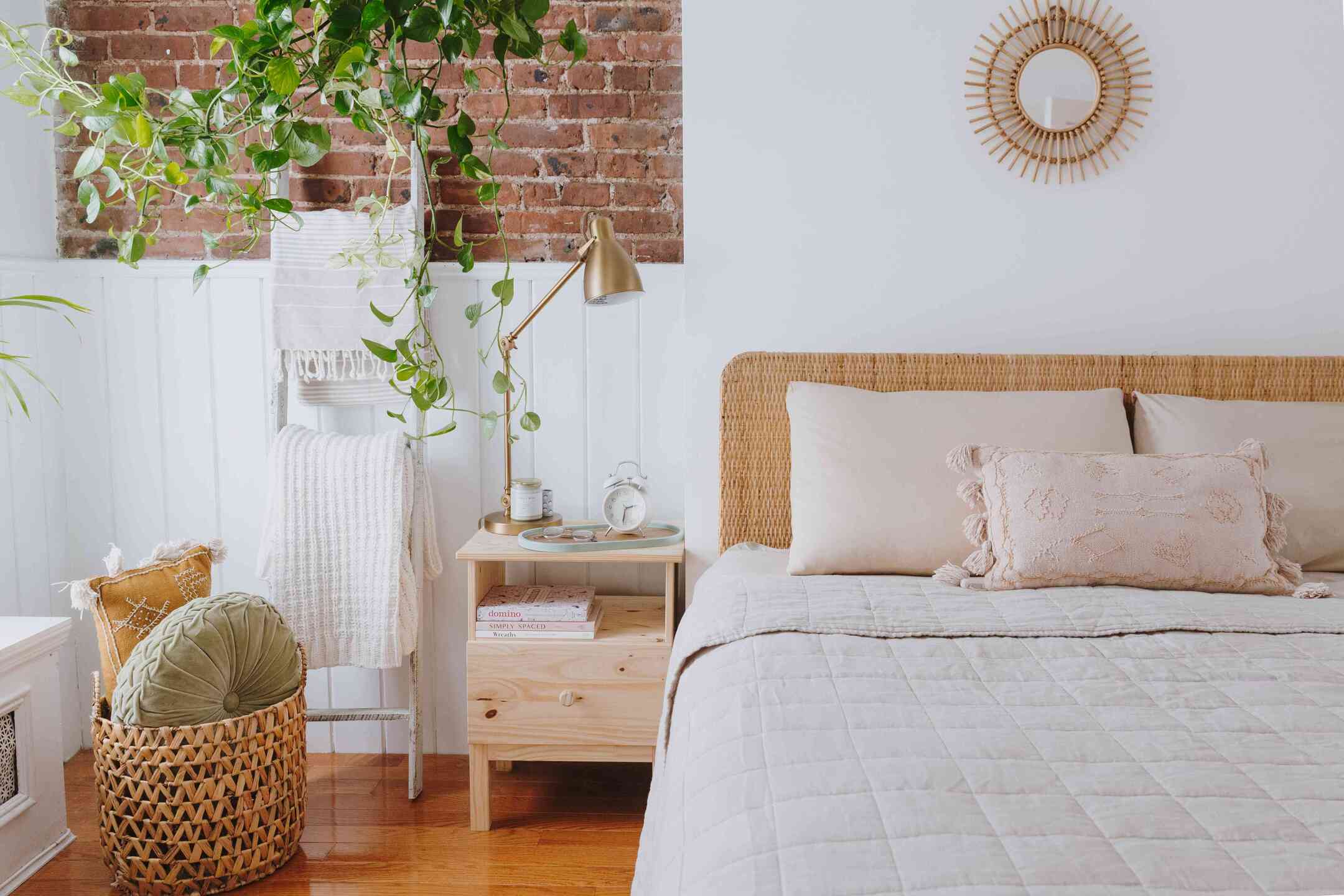
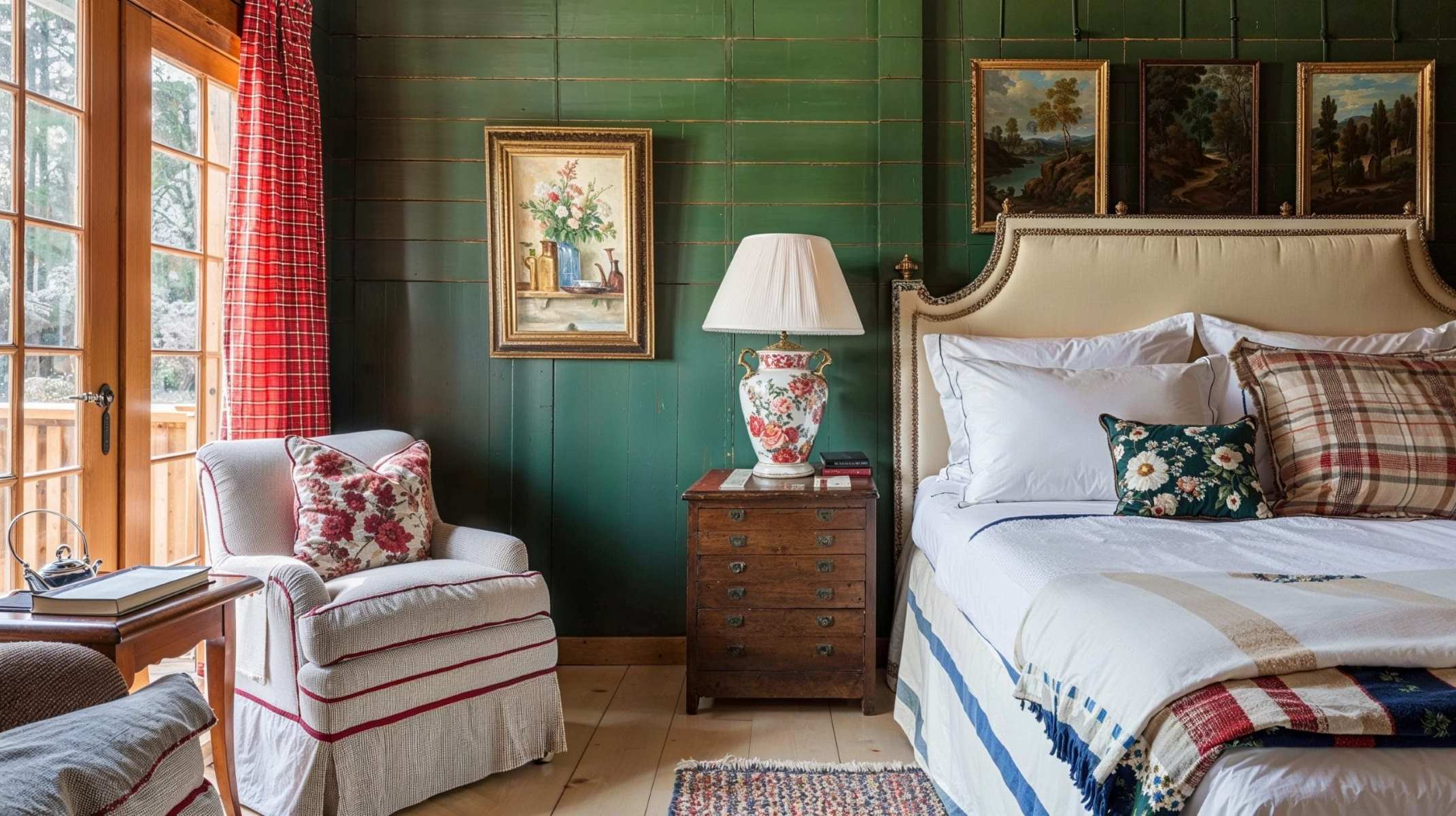
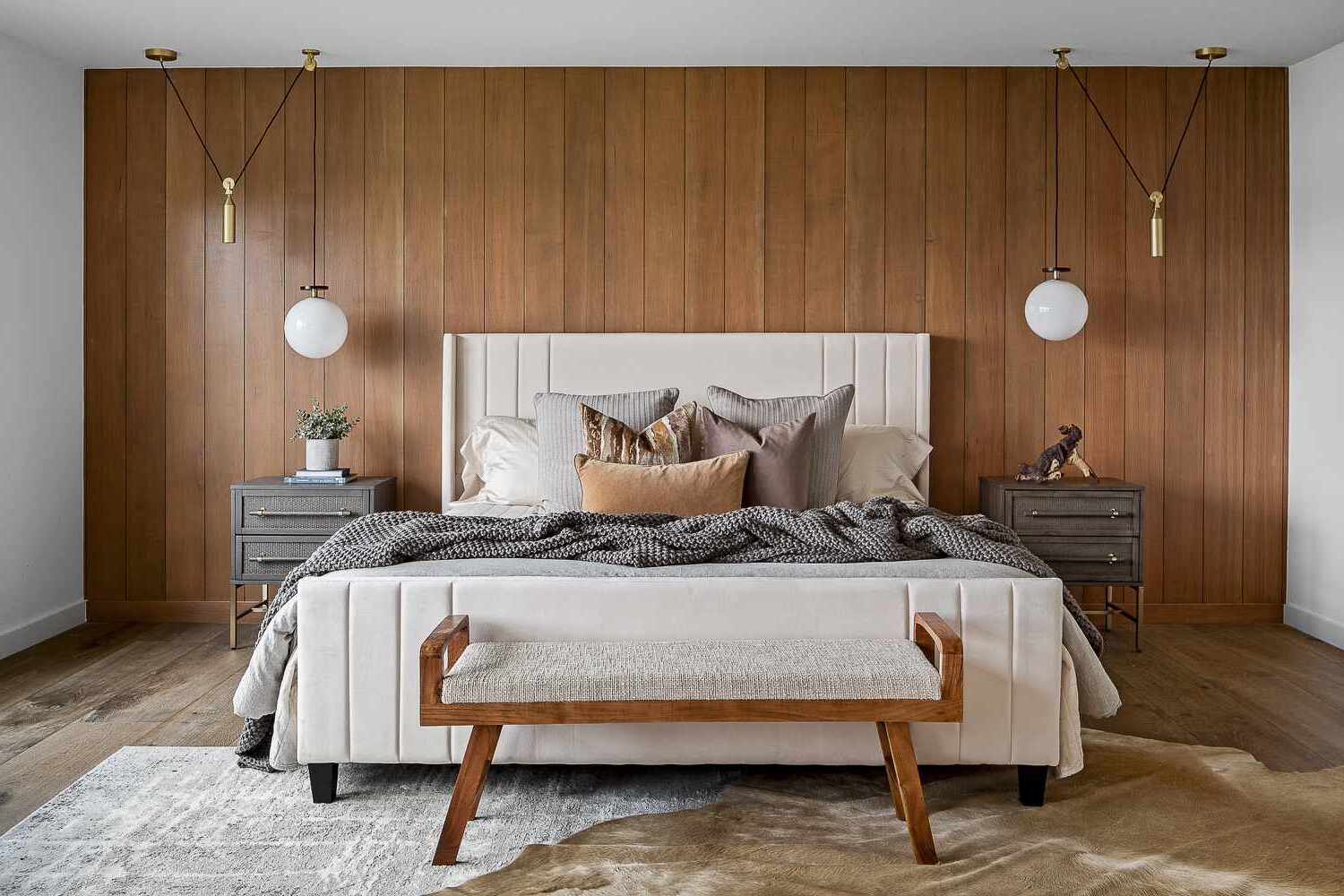
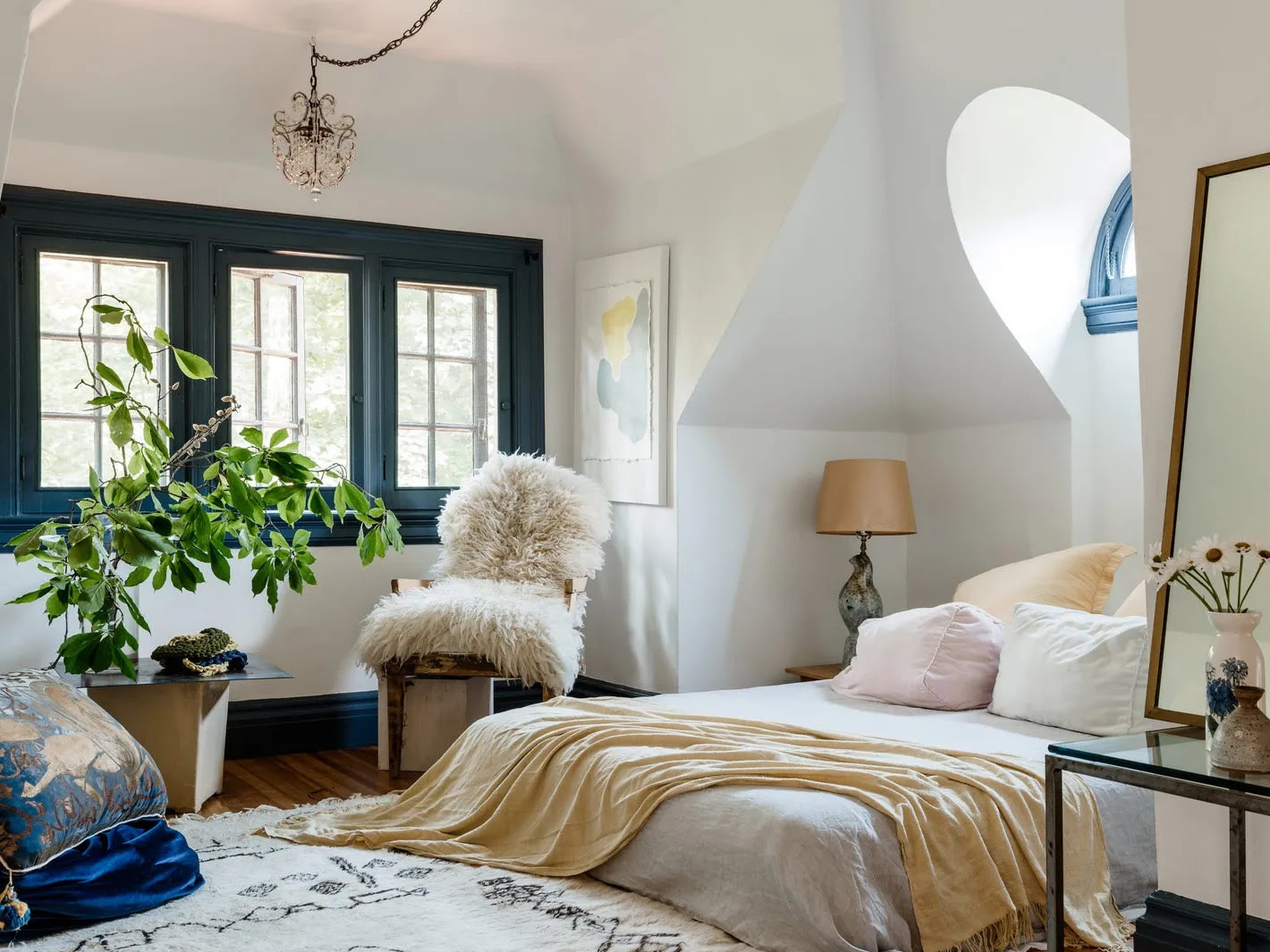
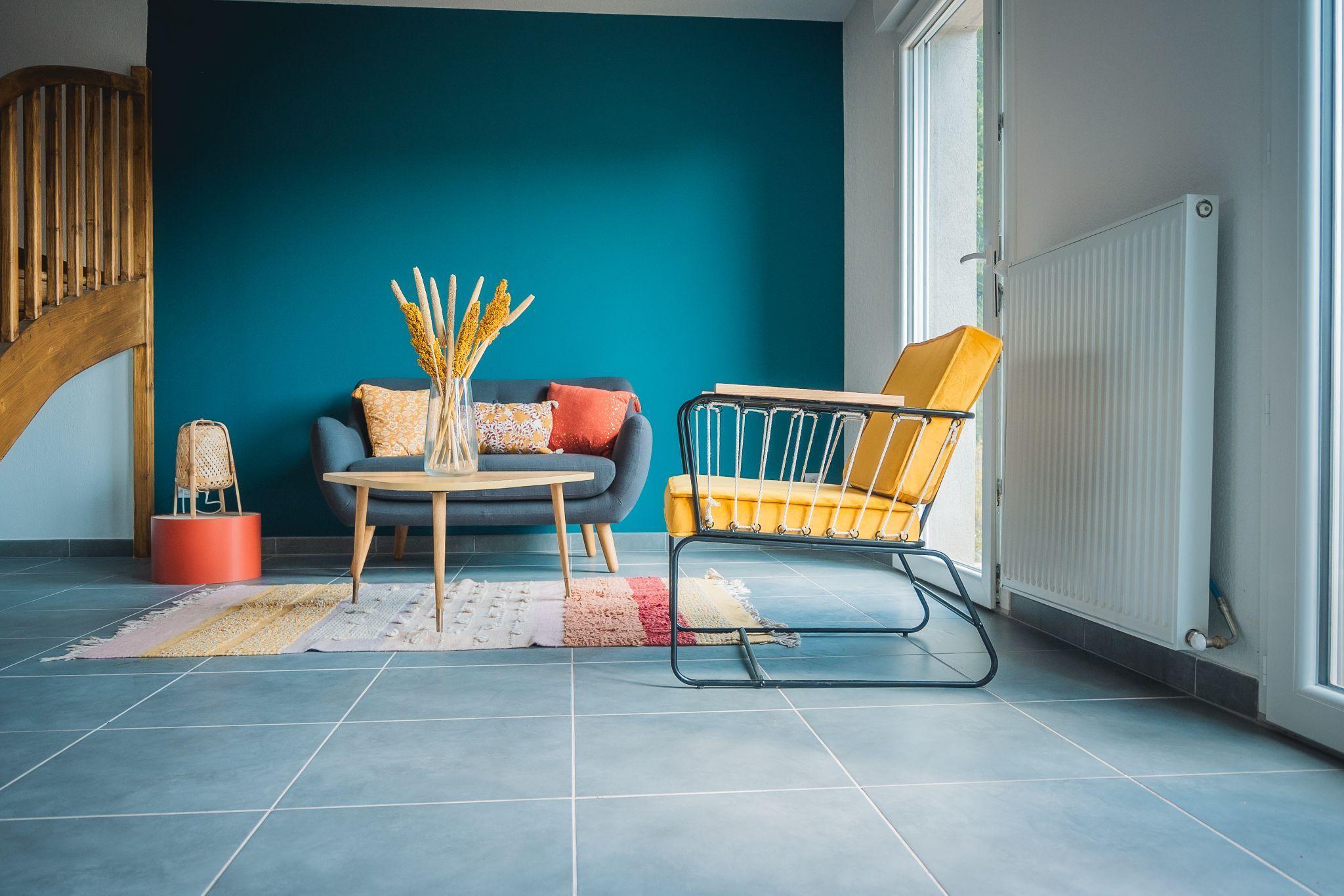

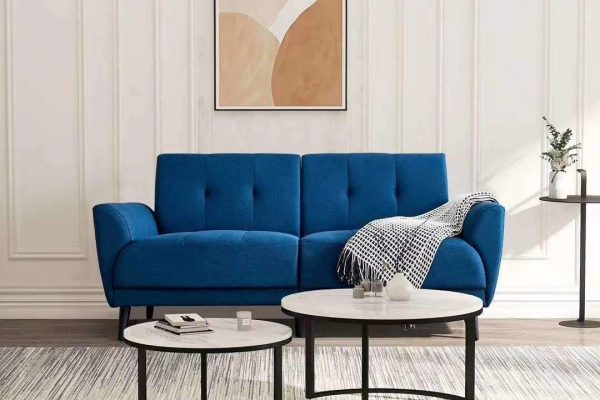
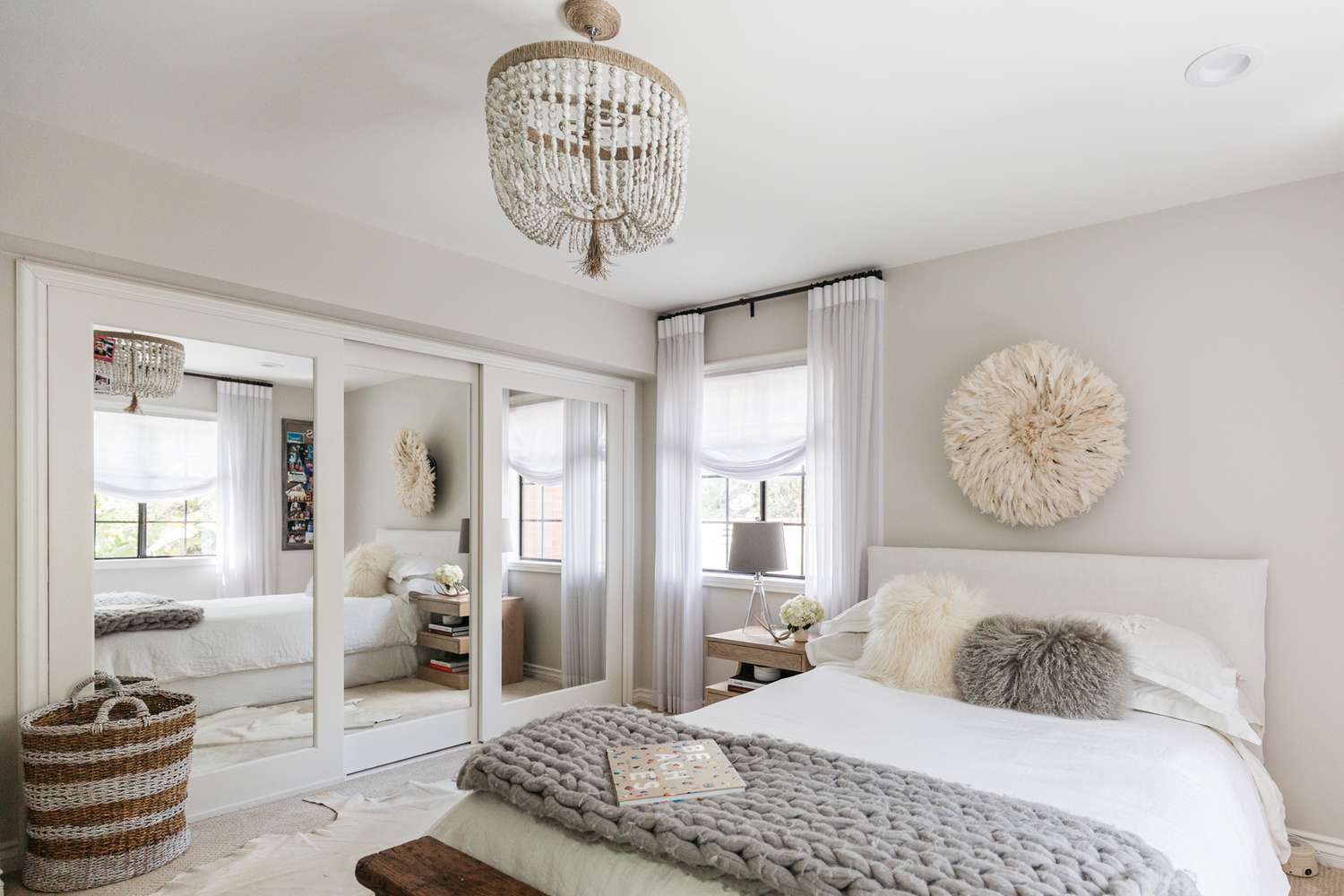


0 thoughts on “Minimalist Bedrooms: 10 Modern Ideas That Work In Any Home”